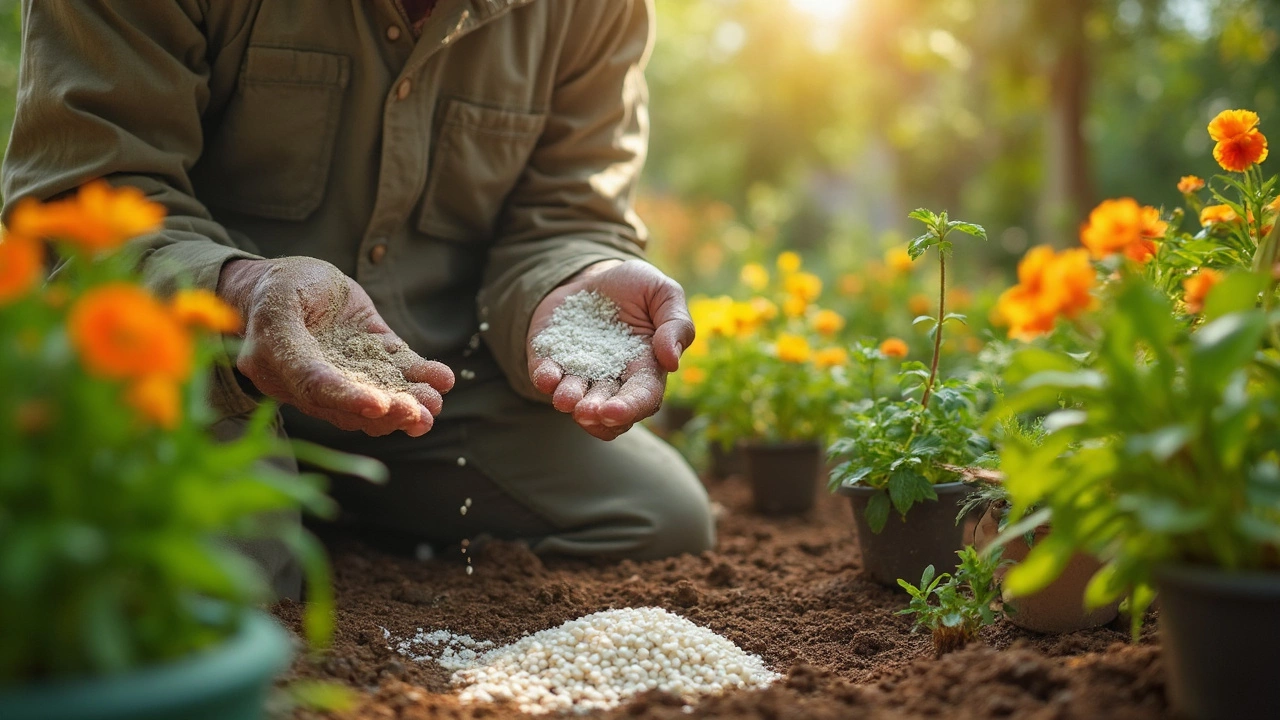Integrated Steel Mills: The Backbone of Modern Steel Production
When talking about integrated steel mills, large facilities that combine raw material processing, ironmaking, and steelmaking under one roof. Also known as integrated steel plants, they streamline the whole value chain from iron ore to finished steel, cutting transport costs and boosting efficiency.
One core component of any blast furnace, a towering furnace that reduces iron ore into molten iron using coke and hot air. The blast furnace is the heart of the ironmaking stage and directly influences the quality and composition of the steel that follows. Because the furnace converts raw ore in one continuous flow, integrated steel mills can keep production steady and respond quickly to market demand.
Why Integrated Steel Mills Matter
Another key process inside these complexes is continuous casting, a method that solidifies molten steel into slabs, billets, or blooms in a single pass. Continuous casting replaces older ingot methods, cutting waste, energy use, and cooling time. This technology enables mills to produce higher‑quality steel faster, which is essential for sectors like automotive and construction that need tight tolerances.
Beyond efficiency, sustainable manufacturing, practices that lower emissions, recycle waste, and use renewable energy is becoming a priority for integrated steel mills in India. By capturing CO₂ from blast furnaces, recycling slag, and adopting electric‑arc furnace upgrades, these plants can meet stricter environmental standards while keeping costs competitive.
Integrated steel mills also bring strategic advantages: they create large job pools, support downstream industries, and boost regional economies. For example, a mill in Gujarat can supply steel directly to nearby shipyards, reducing logistics overhead. This synergy illustrates the semantic triple ‘integrated steel mills encompass blast furnace operations’, ‘blast furnace influences steel quality’, and ‘continuous casting enables efficient production’.
Current trends in the Indian steel sector show a shift toward higher‑grade specialty steels, driven by automotive electrification and infrastructure projects. Integrated mills are adapting by installing advanced rolling mills and investing in automation. These moves illustrate how the triple ‘sustainable manufacturing reduces emissions’ and ‘integrated steel mills drive economic growth’ play out on the ground.
Whether you’re a student, industry professional, or just curious about how the steel you see in everyday life is made, the posts below will dive into everything from plant design and raw material sourcing to the latest green technologies. Keep reading to explore practical insights, real‑world examples, and actionable tips that show why integrated steel mills are central to India’s manufacturing future.
US Steel Mills in 2025: Which Ones Are Still Operating?
Discover how many steel mills remain in the US, the types still operating, major owners, recent closures, and what the future holds for American steel production.
- manufacturing
- India
- food processing
- garden tips
- rice cultivation
- government schemes
- balcony garden
- urban gardening
- balcony gardening
- profitable business
- business ideas
- plastic manufacturing
- drip irrigation
- plant care
- steel manufacturing
- sustainable gardening
- startup ideas
- steel industry
- flower gardening
- textile manufacturers






